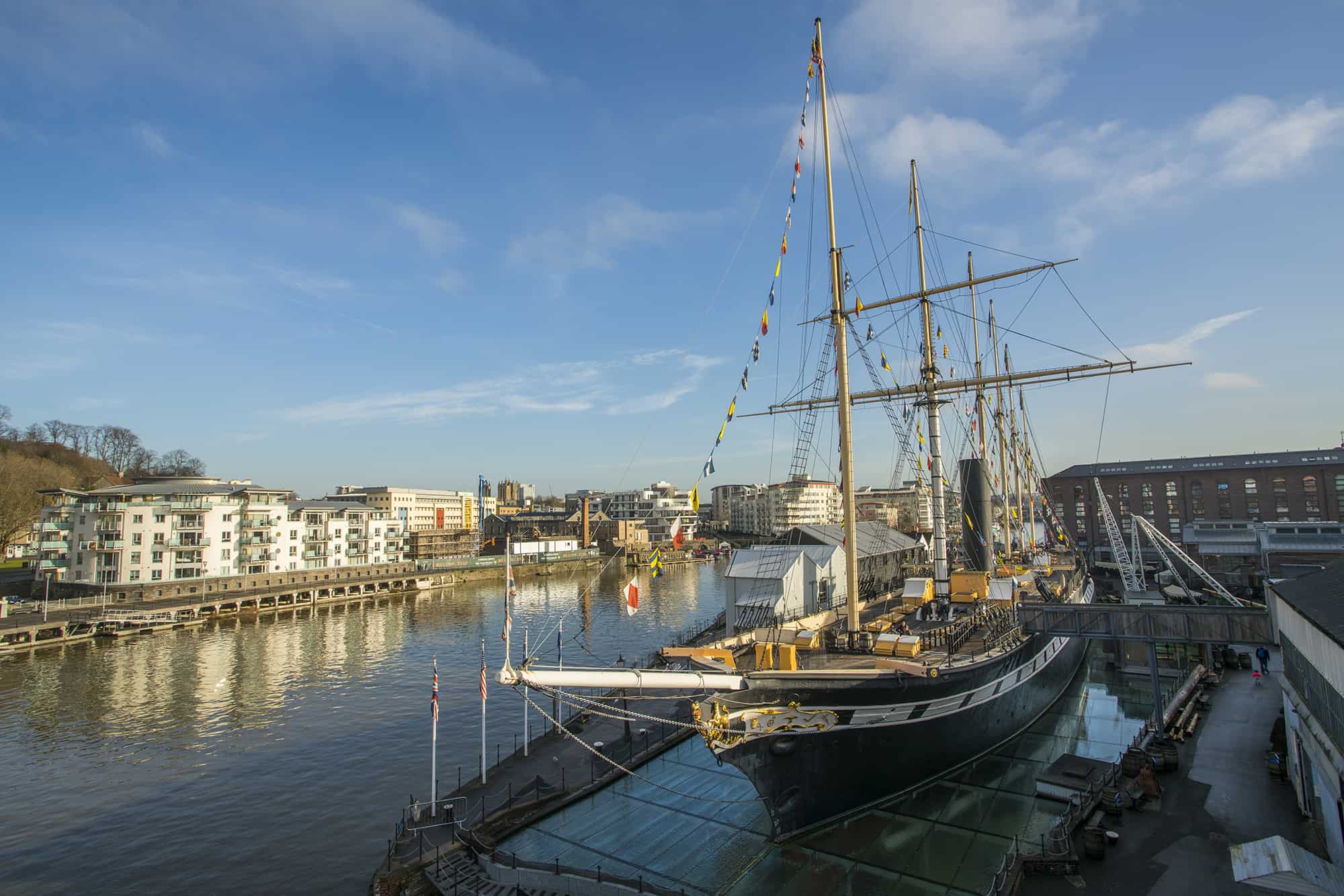It was the Egyptians who first noticed, and were impressed by, the efficiency and grace of our furry friends. Pesky rodents became a problem for communities and their harvest crops, but cats demonstrated their usefulness by controlling the mouse and rat population. Soon traders visiting Egyptian ports became fascinated with felines and decided to recruit cats for their ships to keep their own food stores on board free of troublesome rodents!
Some cats were smuggled aboard by sailors to keep them company during long voyages. The felines were often regarded as mascots or charms to protect the ship against ill fortune.
It was believed if a cat was thrown, or even fell overboard, the four-legged creature would be revenged by the rapid approach of a terrible storm and nine years of bad luck for the ship and the crew. Throwing a black cat overboard would be sure to incite the devil’s wrath!
On board the SS Great Britain, pet cats were strictly confined to the ship’s kennel quarters but many passengers could not bear being parted with their feline companions. There are many reports of the furry creatures wandering freely around the huge ship; passenger Mother Mary Paul Mulquin’s diary entry from 1873 noted “we were awakened from our nightly slumber by a strange cat, who came quite uninvited and continues his attentions ever since”. While a letter dated 1875 from Anna-Maria Georgina Bright reveals her son Charlie was mad for the little kitten found in the family’s berth.
A cat sneezing indicated mild rain while frisky behaviour meant the crew could look forward to billowing sails and a smooth passage. But any unnatural action by the ship’s cat, such as licking its fur in the wrong direction, was a sign storms were expected.
On the whole it was extremely useful and lucky to have a cat on board a ship!
Keep a look out for our resident ship’s cat, Izzy, who you might spot walking around the Great Western Dockyard on your visit.
Reference:
Lewis, V (2001). Ships’ Cats in War and Peace. Nauticalia Ltd . 1-208.




